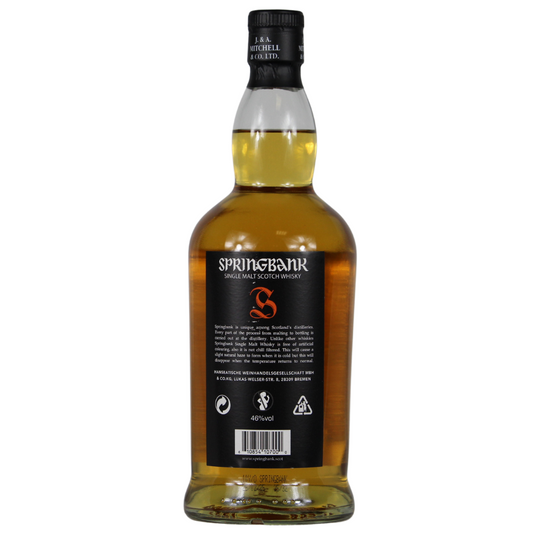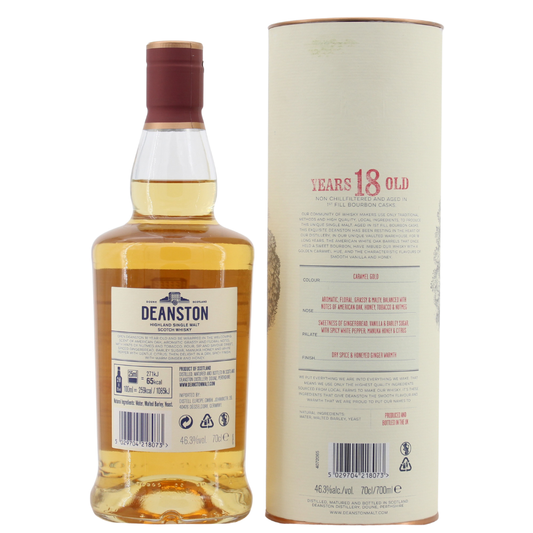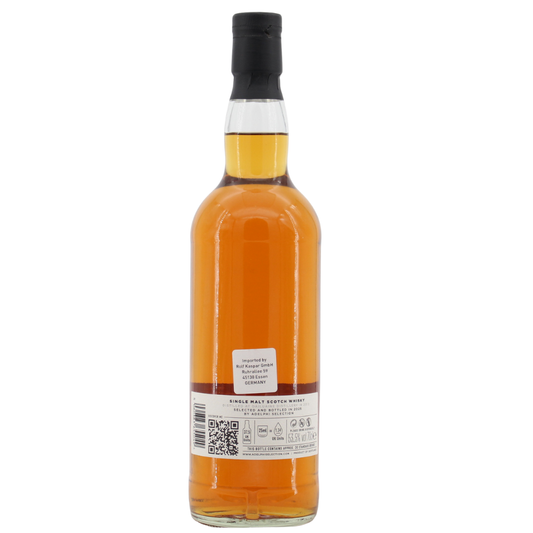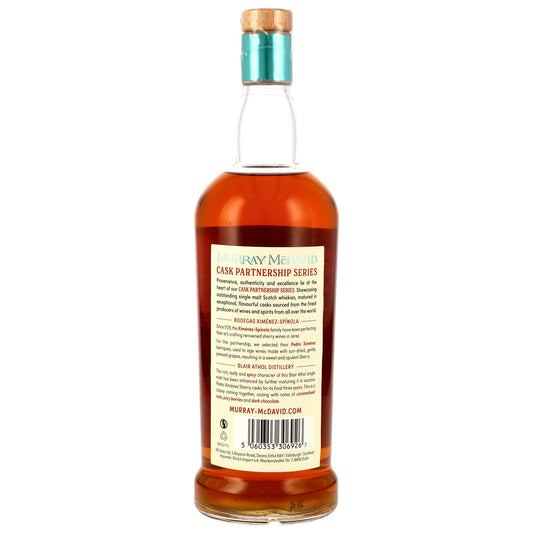The History of Scottish Whisky – An Overview for Beginners and Connoisseurs
Scottish whisky has a long and fascinating history dating back to the 15th century. It's not only a national drink, but also a crucial part of Scottish culture and identity. Whether you're just beginning to discover whisky or want to deepen your knowledge, this article offers insight into the history of the "water of life," explains the differences between the different types of whisky, and introduces some of Scotland's most famous distilleries.
A look into the history of Scottish whisky
The first written mention of whisky, or more precisely "uisge beatha" (Gaelic for "water of life"), dates back to 1494. At that time, tax records recorded how a monk named John Cor obtained barley for the production of aqua vitae. Thus began whisky's journey in Scotland.
In the 16th and 17th centuries, whisky production developed rapidly, particularly in private homes and farms. However, at this time, whisky was often raw and unfiltered. In the 18th century, the introduction of high taxes on distillation led to a proliferation of illegal distilleries in Scotland.
Only with theExcise Act of 1823, which allowed distilleries to produce whisky legally, the modern whisky industry began to take root. At the same time, patent still technology was introduced in 1831, facilitating the production of grain whisky and paving the way for blended whisky.
Today, Scottish whisky is known and appreciated worldwide, whether as a single malt or blended whisky.
Differences between the main types of Scottish whisky
Scottish whisky is divided into several categories, each distinguished by its ingredients, production process, and flavor. Here's a brief overview of the main categories:
Single Malt Whisky
Definition:A whisky made exclusively from malted barley and produced at a single distillery. Additionally, a complex distillation process in copper stills is required.
Taste:Often complex, with flavors that vary from region to region. For example, Highland malts tend to be fruity, while Islay malts are known for their peat smoke.
Well-known examples:Glenfiddich, Glenlivet, Macallan.
Blended Whisky
Definition:A blend of different single malt and grain whiskies from several distilleries, blended to perfect harmony.
Taste:Velvety and often lighter in taste, ideal for beginners.
Well-known examples: Johnnie Walker, Chivas Regal, Ballantine's.
Blended Malt Whisky
Definition:A blend of single malt whiskies from different distilleries. This modern category is becoming increasingly popular and is shining a new light on the art of blending.
Taste:Often rich and complex, combining the best elements of different malts.
Well-known examples:Monkey Shoulder, Compass Box.
Single Grain Whisky
Definition:A whisky made primarily from unmalted grains (e.g., wheat or corn). Unlike single malt, this can be made from a variety of grains and often serves as the basis for blended Scotch whiskies. True single grain Scotch whiskies are particularly attractive due to their often particularly advanced age and low price.
Taste:Lighter and less complex than malt whisky, often used as a base for blended whiskies.
Well-known examples:Haig Club, Loch Lomond Single Grain.


 Shipping from December 17th.
Shipping from December 17th.
































